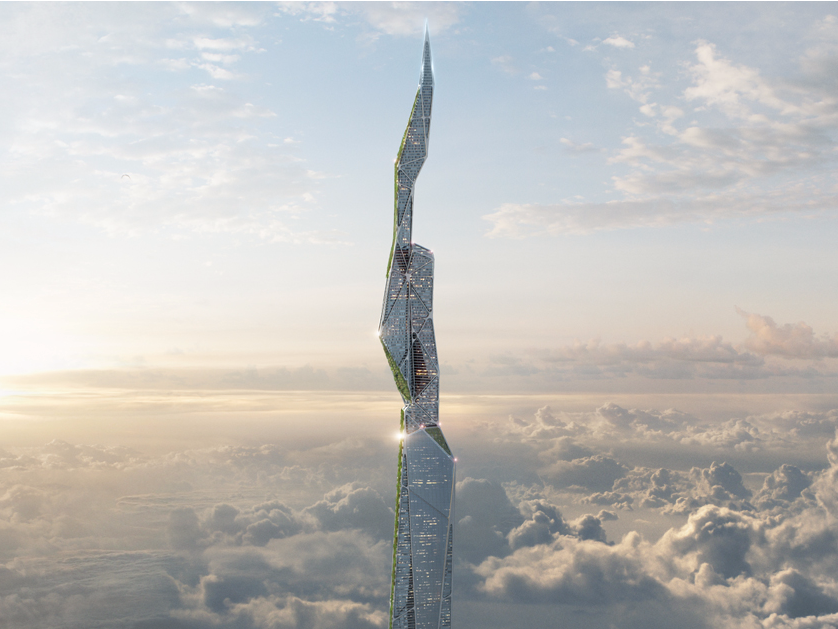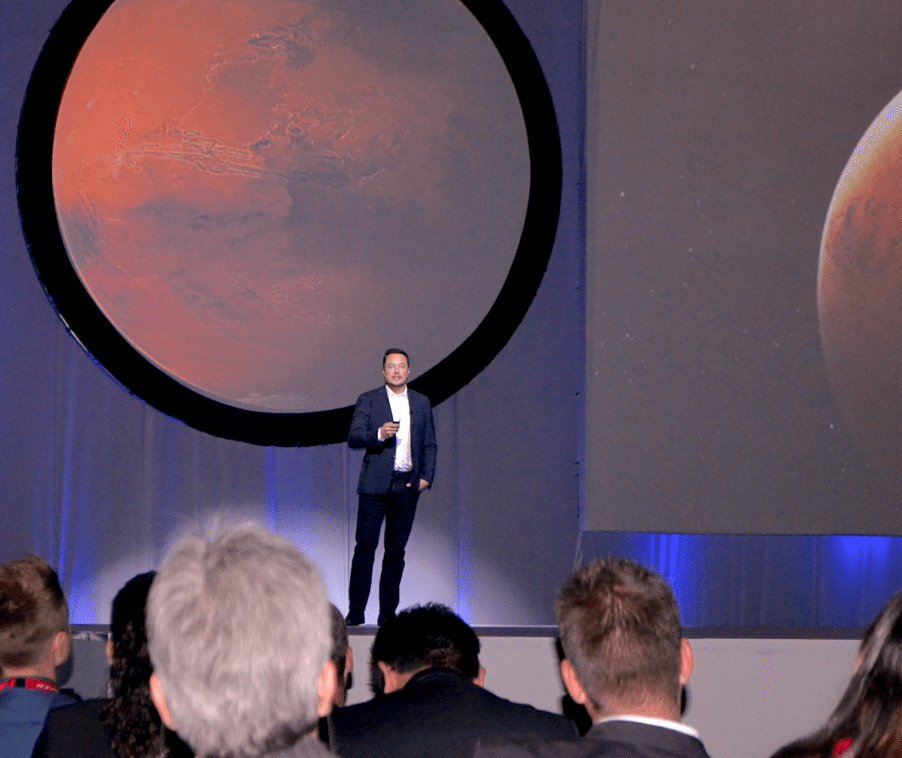Last week 3D Printing Industry brought you news about how large companies are starting to go public with developments for the future of 3D printing, and how 2017 is shaping up to be an exciting year for 3D printing metal.
Facebook, Google and Microsoft move towards 3D printing industry
In 3D design we looked at how Facebook founder Mark Zuckerberg turned to 3D printing to make a gift for his dog. FATHOM were engaged to produce the 3D print, a task carried out by Teddy Zimmerman, a production associate at the 3D printing bureau.
Google released the first update to their Toontastic 3D app. The app allows users to sketch a character in 2D and then extrude (in a similar fashion to Autodesk’s Fusion 360) the design into a rudimentary 3D model.
Of course, this app is no way intended (or even suitable) to replace serious 3D design software. What is interesting however is that Google, along with Microsoft, are introducing products (for free) very much focused on the younger age bracket. Conversely Autodesk, have announced that they will be retiring the 123D range of apps that have provided an introduction to many in the 3D printing community.
Spherical metal powder for 3D printing
Arconic are setting out their stall as a contender in the 3D metal printing market. Arconic produce metal powders for additive manufacturing. While currently only a small percentage of the global metal market, materials such as Titanium, Inconel and Steel for 3D printing are increasingly used. Because these materials are used for critical applications such as Health and Aerospace there is a lengthy qualification and validation process. Certification and documenting the material characteristics can cost in the region of $1.5 million per metal alloy according to a source at an aerospace manufacturer.

Arconic will be in direct competition with GE in the spherical metal powder market. Through Arcam, GE can expect to control an initial 60%-70% of the market for metal powders. Other possible entrants into the 3D printing metal material market include Metalysis, who hold the rights to the Fray Farthing Chen process, and Canada’s PyroGenesis.
PyroGenesis have spoken in the recent past about a return to the spherical metal powder industry. The company developed the Plasma Atomization process that is used to create Titanium and other metal powders.
3D printing metal
We also took a first look at a new 3D metal printer. The Metal X from Markforged will be available to some lucky early customers in Q2, with the wider market will have to wait until September to buy the machine. Greg Marks spoke to 3D Printing Industry about the possibilities that the Metal X has for 3D printing with metal, we’ll have the full interview for you soon.
Clip above shows Markforged’s metal 3D printing.
3D printed rocket fuel patent
Applications of 3D printing for space are an area we’ve covered extensively at 3D Printing Industry. In September I attended the 67th International Astronautical Congress where Elon Musk spoke about how his SpaceX project is using 3D printing. Musk is not alone his use of additive manufacturing for space ventures.
Recently we reported how Oxford Performance Materials are producing 3D printed components for Boeing’s CST-100 Starliner spacecraft.New Zealand’s Rocket Lab have produced an engine with 3D printing and most recently we looked at a new patent filed by U.S. Rocket Crafters. The patent describes how 3D printed rocket fuel will be used in Rocket Crafters’ Intrepid-1 spacecraft. The spacecraft is due to be launched in 2019.

3D Printing Industry Awards
Nominations are open for the 1st Annual 3D Printing Industry Awards. The winners of the awards will be announced at an event in London later this year. We asked the 3D printing industry and community to nominate their choice for who should receive an award. You can make nominations here.
And finally, 3D Printing Industry has some exciting news coming up soon. If you don’t want to miss this announcement then make sure you subscribe to our newsletter and follow us on social media.
Featured image shows The Boeing Crew Space Transportation (CST) system, part of the Starliner spacecraft with 3D printed parts from Oxford Performance Materials. by Concept image via: Boeing.


